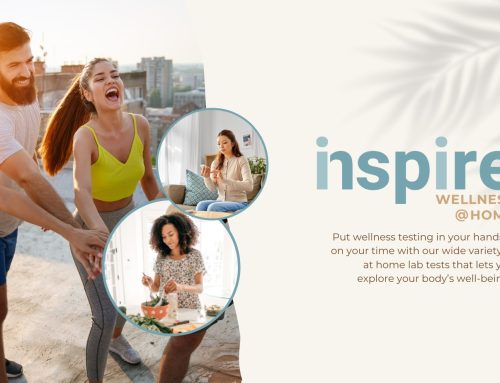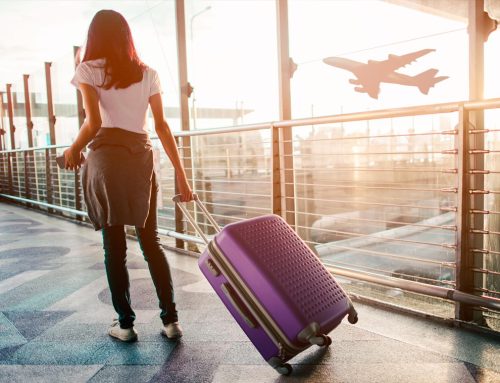The vaccine: one (but not the only) light out of the tunnel
By Emily Kim
We are almost one full year into the pandemic, and over the past month, Covid cases in the US have fallen dramatically. This trend can be attributed to many factors, but perhaps the most notable is that people are finally getting vaccinated. The CDC states that over 37 million Americans have already received one dose of the vaccine, with more than 13 million Americans having received their second (and final) dose as well.
These vaccination campaigns are not slowing down. Disneyland, the Orange County theme park that typically has crowds lining up for the attractions, now has long lines of people waiting, in their cars, for the vaccines. According to Business Insider, the theme park has already administered over 100,000 vaccines in its Southern California region. And like Disneyland, more mass-vaccination sites are being built all over the US, from across Texas to New York City. These testing sites will also specifically target traditionally underserved communities, aiming to improve health equity and increase vaccine accessibility despite limited supply.
However, on the topic of vaccine supply, there have also been some encouraging new developments. First of all, Moderna is considering increasing the number of doses per vial from 10 to 15, which would in turn increase vaccine output by 50%. Each Pfizer vial now also has an additional dose. And President Biden recently finalized deals with Pfizer and Moderna to secure 200 million more vaccines — which means that all Americans could potentially be vaccinated by mid-summer.
Now, with more and more people getting the vaccine, how does this impact the future? First, and quite remarkably, the CDC released a statement that fully vaccinated individuals may not need to quarantine following Covid exposure — as long as they have no symptoms, and it's been at least two weeks but less than three months since their final vaccination. They are still advised to monitor their symptoms over the next two weeks and contact a doctor immediately if they start feeling ill. However, if a person meets some, but not all of the requirements, they should follow the standard guidelines and self-quarantine for 10-14 days.
This is big news, especially since these two-week quarantines have caused countless people intense mental, emotional, and financial stress. And though people should still err on the side of caution, closely monitoring their symptoms following exposure and self-quarantining the moment they feel sick, perhaps this is a sign that, with the vaccine, we are heading towards some normalcy again. Perhaps now, an exposure doesn't necessarily have to put one's life or daily routine on pause.
But just like any solution, the vaccine is not the end-all-be-all to get ourselves out of this pandemic. It has been effective in slowing the uptick in cases, but so has, as a CNN article points out, greater adherence to mask-wearing rules. So has the idea of "population immunity," or a smaller-scale version of herd immunity in some communities with high infection levels. The vaccine is part of the solution, not the only solution.
Therefore, we have to be careful to not romanticize the idea of the vaccine. Yes, the recent trends are encouraging, but we are nowhere out of the woods yet. In fact, we are far from it. The US is still recovering from its winter surge. There is still uncertainty over the effectiveness of the vaccine on the recently-discovered COVID-19 variants compared to the original strain. There is still the ever-present need to mask up (maybe even double up, according to new guidance from the CDC), social distance, and avoid large gatherings. So while we can look to the next few months with hope, as we mark one year into the pandemic, we must not grow complacent. It will take many different tools to rebuild our post-Covid world.






